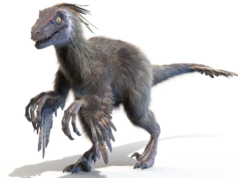
They saw something shimmering in the pitch-black depths. It wasn’t treasure, nor was it an optical illusion. When researchers drove a submersible close to a submerged fossilized volcano off Canada’s west coast, they didn’t anticipate seeing any form of life—but they spotted something on the seafloor, in the millions.
The cameras rolled. Jaws dropped. What was below was far from what they’d ever witnessed before, and it has made scientists reexamine evolution, survival, and what else we could be overlooking in the last frontier on Earth.
The Last Place You’d Expect Life

Deep, deep down in the water, about two miles down, it is colder than your freezer and darker than the blackest night. There is little life at this depth, and until now, scientists thought that some regions—particularly volcanic ones—were too inhospitable for anything to live there.
But as research vessels neared the flanks of an underwater volcano, sensors were detecting something unusual: heat. It was the first indication that this area was not void—it was concealing something remarkable.
An Active Volcano That Should Not Be
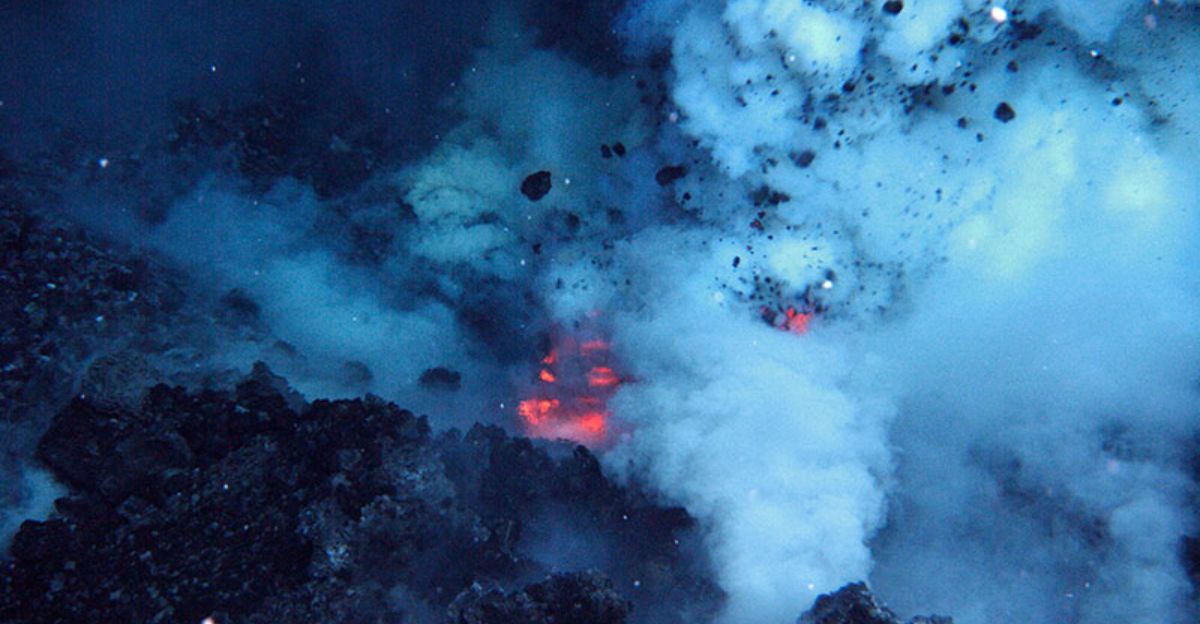
Long thought to be extinct, or at least dormant, the volcano had a warm ocean floor under it—an anomalously warm one. It was found that the volcano was very much alive and well, emitting heat and minerals into the cold ocean.
This geological surprise produced an unusual microclimate—a hot spot in a cold world. And then came the kicker. The cameras zeroed in. What they spotted next not only defied expectations—it reset them.
The Initial Sighting of Gold
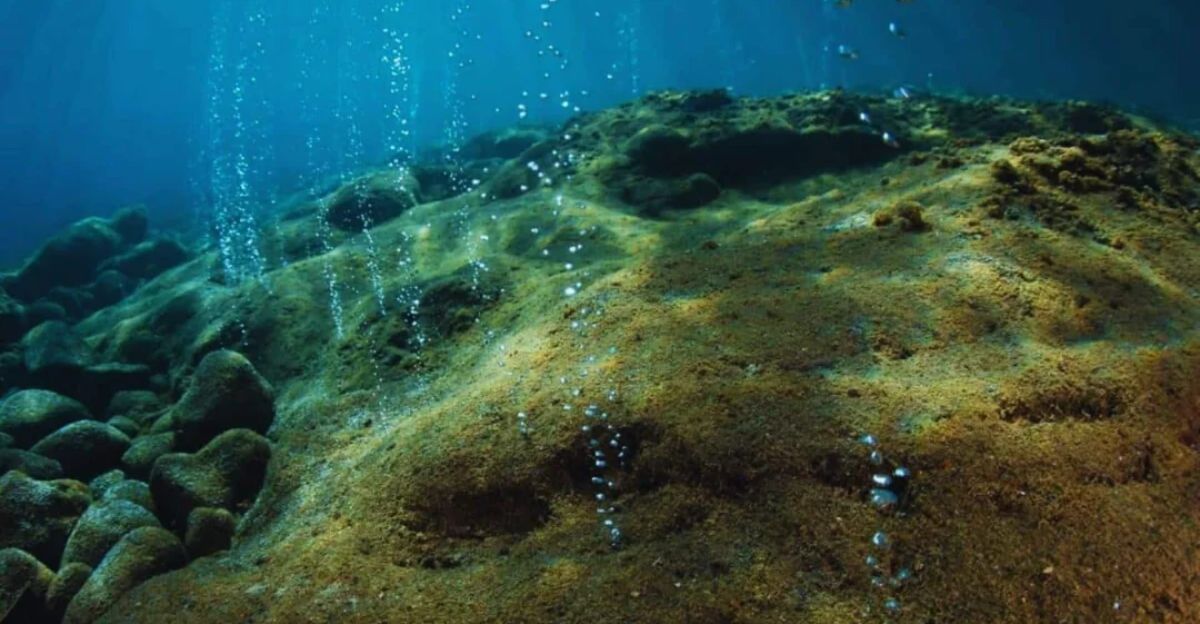
As robot arms reached into the fog, the camera view revealed an alien scene. Thousands and thousands of leathery golden eggs stretched out on the ocean floor. They were alien-looking and gently glowed under the submersible’s light.
Scientists at the surface gazed in awe. These were not boulders. They were not mineral reserves. They were eggs. And not just a few. Estimates would later put the site at 2.6 million of them—each one humming with potential life.
Meet the Pacific White Skate
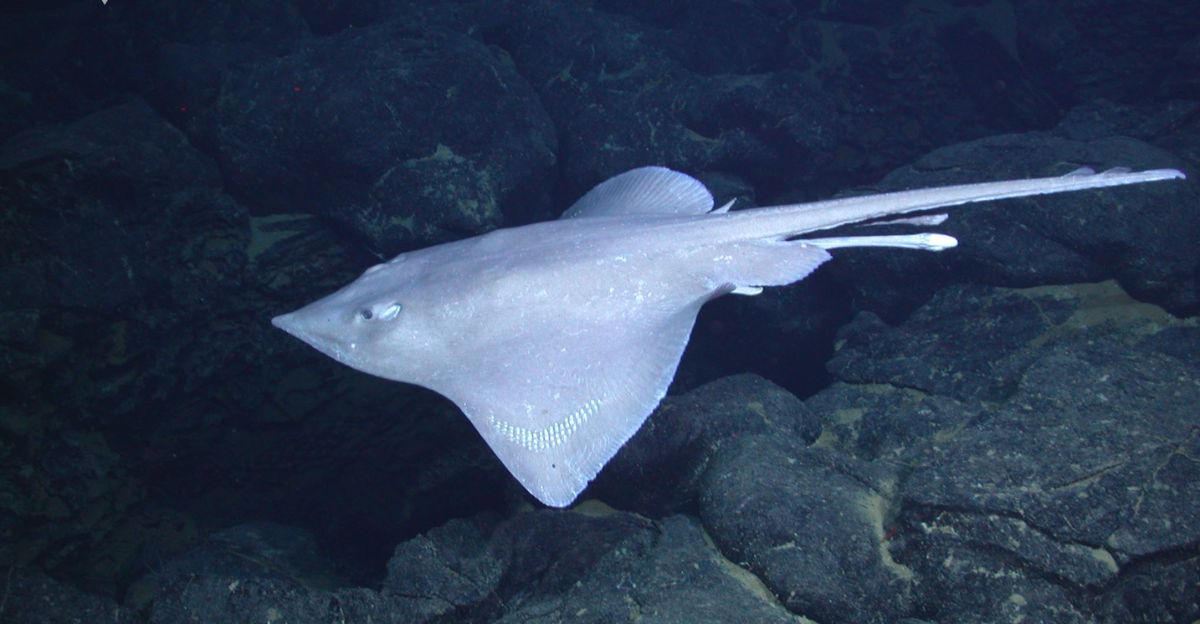
The golden eggs were not magical—they came from the Pacific white skate, a deep-sea cousin of sharks and rays that rarely appear. Bone-white, bug-eyed, this shy creature hovers in the depths of the sea’s chilliest waters.
Its eggs, however, are bizarrely huge, hard, and slow to hatch. On the deep ocean floor, they incubate for as long as 10 years. That’s why this volcanic birthplace was groundbreaking—every egg was provided with warmth in a freezing environment.
Why Lay Eggs on a Volcano?
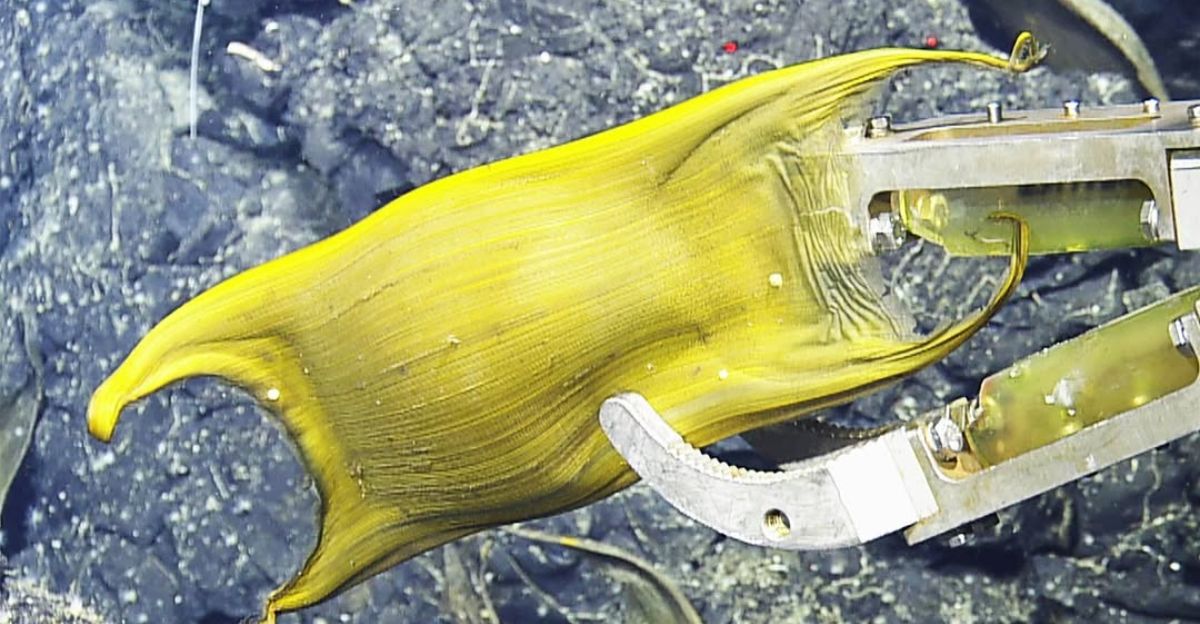
The temperature in the deepest and coldest parts of the ocean brings most life to a standstill. The skates instinctively knew this and deposited their eggs right on the hot geothermal vents, as they harness the natural heat of the planet.
It’s nature’s hothouse, accelerating development and improving survival chances. Rather than incubating for decades in cold water, their young could be hatching in a fraction of the time—with a greater chance of survival.
A Secret Nursery in the Depth

This wasn’t only about golden eggs—it revealed the intricasies of an entire ecosystem built around an underwater volcano. Life, heat, and minerals coexisted in harmony in unusual and astonishing ways.
The nursery stretches across hundreds of meters, and scientists think there could be others like it scattered throughout the Pacific. Most astonishing of all? This volcano had never been explored before. If something so surprising was hidden in this place all along, what else could be living here, undisturbed?
The Power of First Contact
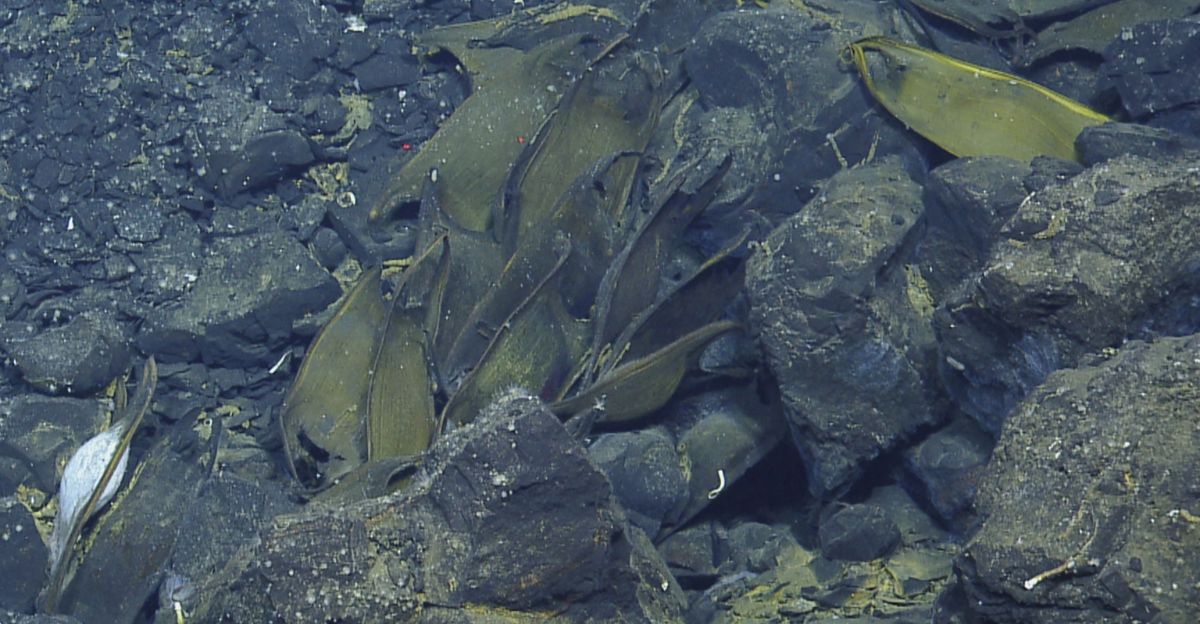
It was the first time in history that researchers had filmed a Pacific white skate laying an egg. A camera robot followed the mother gliding smoothly as she laid her egg onto the warm rock.
The egg glowed golden in the light. It was otherworldly—but entirely real. These are the experiences that provide researchers with a special window into how life evolves in extreme conditions and how much more they still have to learn.
Ancient Beasts, New Discoveries

The Pacific white skate is one of those “living fossils”—its body form hasn’t changed in millions of years. That, in itself, makes this find all the more special.
These creatures have probably used volcanoes as hatcheries for generations, which we didn’t know until now. It’s a reminder that evolution doesn’t always equal new species—it can also equal adaptations refined over millions of years in the world’s most mysterious crevices.
The Role of Heat in the Origin of Life

Scientists think that life on Earth might have been ignited for the first time in such places—ocean vents, where minerals and heat are abundant. The golden egg nursery is not the original cradle of life, but it is reminiscent of those early conditions.
It’s like peering into the Earth’s past—and revealing the lengths life will go to endure, even in complete darkness, pressure, and cold.
What the Eggs Tell Us About Climate
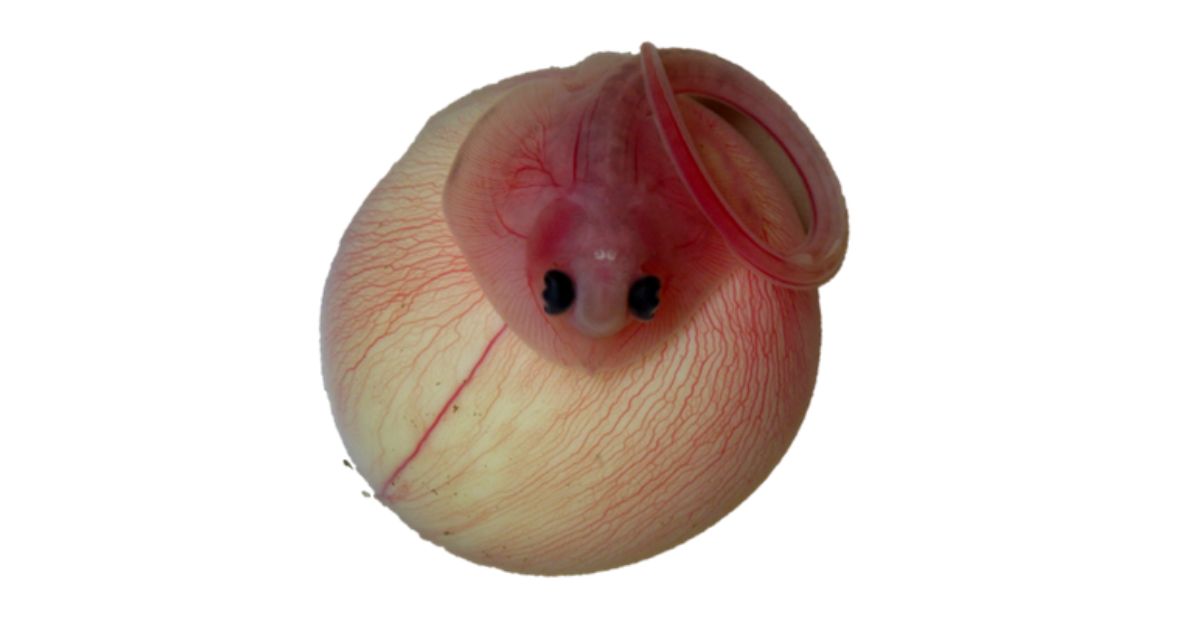
Ironically, this underwater find can also teach us something about life on land. These skate nurseries tell us that some creatures have already mastered locating and exploiting heat.
This suggests something noteworthy about the future evolution of life with potentially shifting temperatures and environments—and how we can contribute to saving these sensitive areas.
Why This Discovery Is Important

Discovering 2.6 million golden eggs is not only an abnormality in the scientific world—it’s a revelation about life’s resilience in unforgiving ecosystems. It defies our expectations of where creatures live, how they are born, and what sorts of ecosystems live in the deep.
It also reminds us that much of the ocean is still unmapped. The more we find, the more we might realize that life is more innovative—and resilient—than we could ever conceive.
What Comes Next

Researchers plan to publish a full scientific report soon, along with more video footage of the discovery. They’ll also keep monitoring the volcano, the temperature, and the development of the eggs.
Meanwhile, other marine scientists are asking: how many more volcanic nurseries might exist out there? With only a fraction of the deep sea explored, it’s likely we’ve only just scratched the surface.
Mystery, Beauty, and the Deep
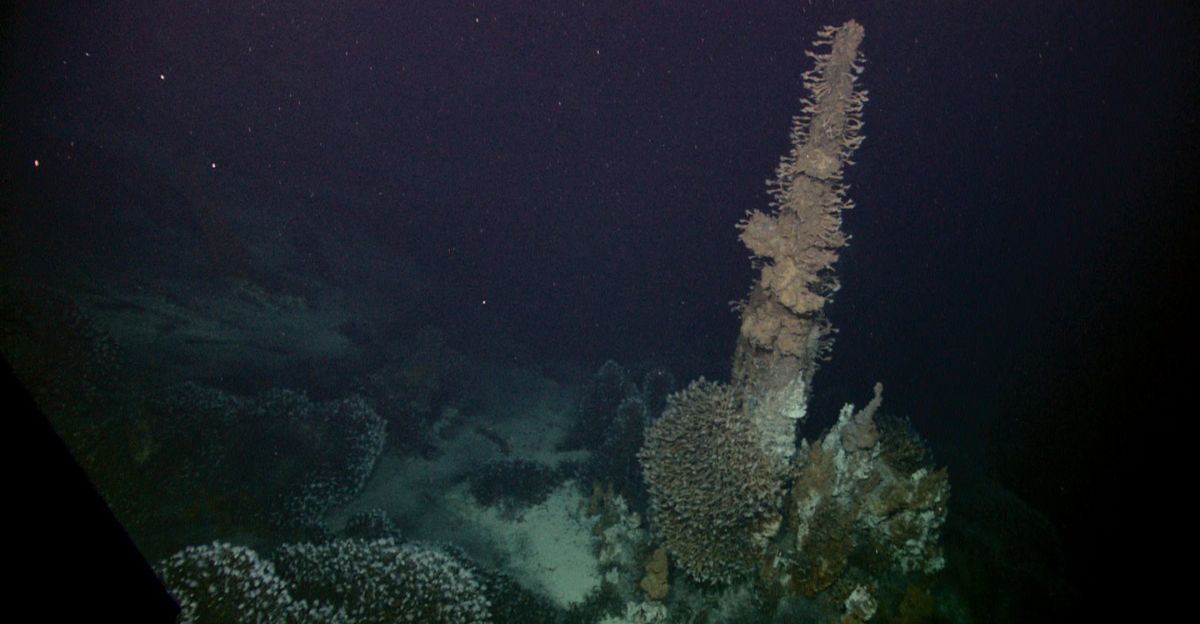
We see Earth as fully mapped and understood. But discoveries like these volcano golden eggs teach us that the oceans are still full of surprises—glowing, golden, and alive.
The sunken volcano along Canada’s coast is no longer just a geologic oddity. It sits before us today as a reminder of how much is still left to discover about the oceans on our doorstep—and about the creatures surviving in the darkness below.
Explore more of our trending stories and hit Follow to keep them coming to your feed!

Don’t miss out on more stories like this! Hit the Follow button at the top of this article to stay updated with the latest news. Share your thoughts in the comments—we’d love to hear from you!



